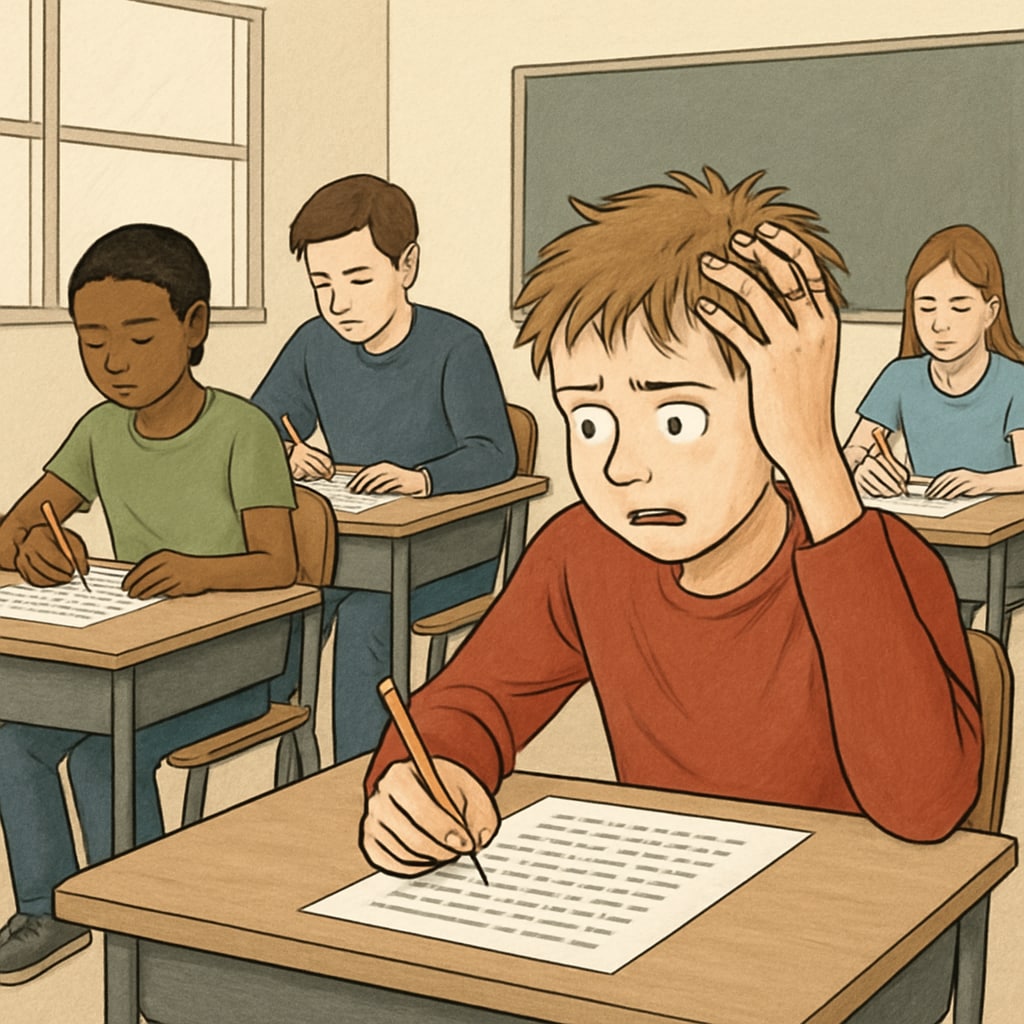Current gifted education selection methods rely heavily on standardized tests and short-term performance. While these metrics aim to identify exceptional talent, they often fail to accommodate students with unconventional learning styles, such as those with Attention Deficit Hyperactivity Disorder (ADHD). This systemic oversight excludes a significant group of students who may possess extraordinary potential but do not conform to traditional academic norms.

Challenges of Rigid Selection Criteria
Today’s gifted program selection processes are predominantly centered on standardized testing and structured interviews. These methods prioritize quick memorization, logical reasoning, and immediate academic performance. However, ADHD students often excel in creative thinking and problem-solving, which are difficult to measure through conventional exams. As a result, their unique strengths are overshadowed by their struggles with focus, organization, and adherence to rigid schedules.
For example, research has shown that ADHD students frequently outperform their peers in tasks requiring divergent thinking and innovation. Yet, these abilities are rarely evaluated in gifted program selection. Instead, the focus remains on linear, predictable academic metrics that fail to capture the breadth of a child’s intellectual capacity.
The Role of Standardized Testing
Standardized testing is often regarded as an objective measure of intelligence and academic aptitude. However, for ADHD students, these tests can be a source of frustration rather than an opportunity to showcase their talents. The timed nature of standardized exams often clashes with their need for flexible thinking processes. Additionally, test environments that demand prolonged periods of concentration may exacerbate symptoms of ADHD, further skewing their results.
As a result, ADHD students may score lower on these tests, not because they lack ability, but because the testing conditions do not align with their learning styles. This creates a systemic bias that disproportionately affects students with neurodiverse conditions, preventing them from accessing opportunities that could nurture their extraordinary potential.

Case Studies: When Potential Goes Unrecognized
Consider the story of Ella, a 10-year-old with ADHD who displayed exceptional talent in mathematics and creative writing. Despite scoring highly in certain sections of her standardized tests, her inconsistent performance in other areas led to her exclusion from the school’s gifted program. Teachers noted her ability to solve complex problems in unique ways, yet these skills were deemed irrelevant due to the program’s rigid entry requirements.
Ella’s case is not isolated. A growing body of anecdotal evidence and scholarly research highlights similar experiences among ADHD students. Their brilliance often shines in unstructured environments where they are free to explore ideas and take creative risks. Unfortunately, these environments are rarely reflected in traditional gifted program selection processes.
How Can We Improve Gifted Program Selection?
To ensure that ADHD students are given equal opportunities, changes must be made to the way gifted programs identify talent. Here are a few recommendations:
- Incorporate Multiple Assessments: Use a combination of standardized tests, teacher recommendations, and portfolio reviews to evaluate a student’s potential holistically.
- Include Creative Tasks: Add measures of creativity, problem-solving, and innovation to the selection criteria, recognizing that intelligence goes beyond academic performance.
- Train Educators: Provide teachers with training to recognize and nurture diverse forms of intelligence, particularly in neurodivergent students.
- Adapt Testing Conditions: Offer flexible testing environments that accommodate ADHD students’ unique needs, such as untimed exams or alternative formats.
By adopting these strategies, educational institutions can better identify and support students with unconventional learning styles, ensuring that no child’s potential goes unnoticed.
Why This Matters
The exclusion of ADHD students from gifted programs represents more than just a missed opportunity for individual children—it reflects a broader issue within the education system. By prioritizing rigid criteria and standardized methods, schools risk perpetuating inequalities and failing to recognize the diverse forms of intelligence that exist among their students.
As society becomes more aware of neurodiversity, it is crucial that education systems evolve to accommodate these differences. Only then can we create an environment where every child has the opportunity to thrive and contribute their unique talents to the world.
Readability guidance: Use short paragraphs to maintain engagement. Incorporate lists to break down complex points. Include transitions to improve flow and clarity.


